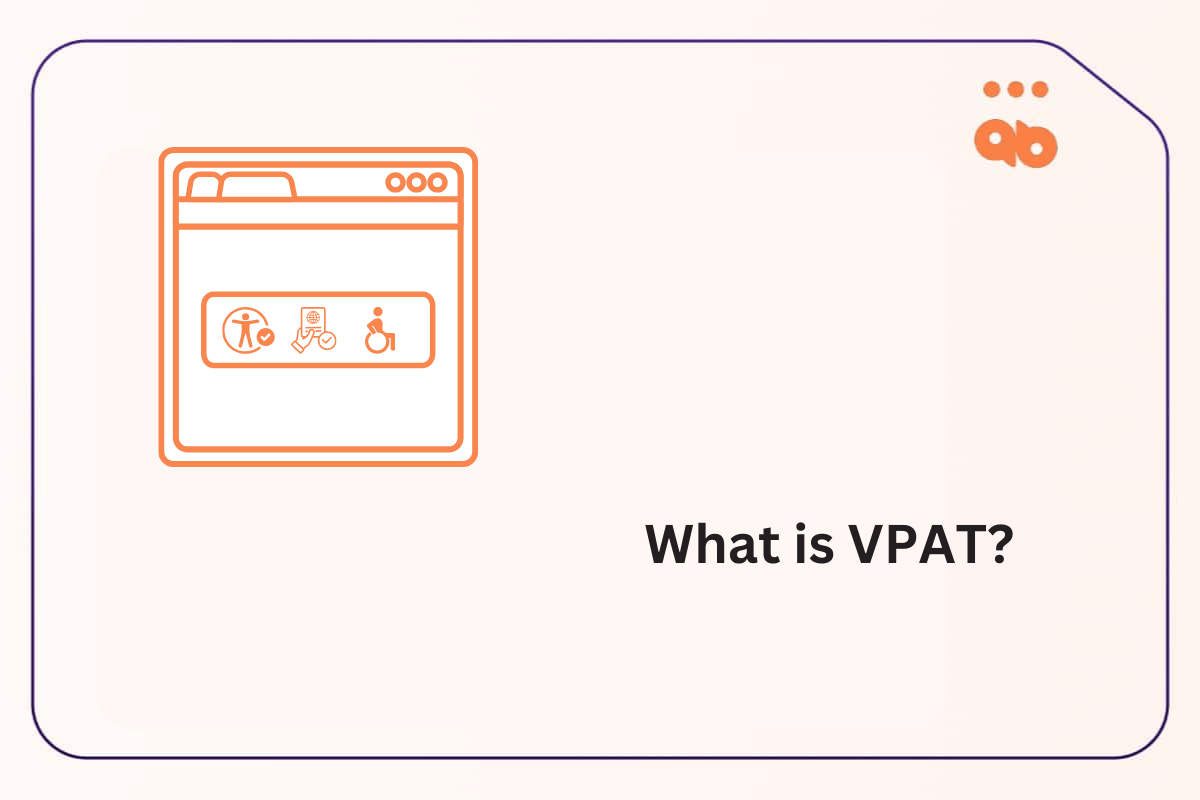Thousands of businesses every year end up with lawsuits under the American with Disabilities Act (ADA) and some end up bankrupt because of the heavy financial burden.
There are multiple reasons why being ADA compliant is not only good for your business but for your users which we will dive into in this article by answering key questions around ADA and how it relates to web accessibility.
Table of Contents
ADA In a Nutshell
ADA is short for American with Disabilities Act, a civil rights law applied in several areas in the public space, such as:
- Transportation
- Employment
- Public Accommodation
- Communication
- State and local government services
- Businesses offering public services
This also includes online businesses like Shopify stores or any business running a website offering a service to the public, pair or not.
ADA’s Goal
The ADA protects people with disabilities against discrimination in all areas of public life including online spaces by taking proactive measures in accommodation, like making sure that communication is as effective with everyone disabled or not. It protects them the same way civil rights laws protect individuals based on sex, race and religion.
Public businesses must provide full and equal enjoyment of their services to people with disabilities also called “public accommodations”. They must also provide appropriate communication for everyone to make sure that information is communicated in an effective way which falls into “auxiliary aids”. This can be interpreters, notetakers, captions in videos or assistive listening devices (ALDs).
Who’s Considered Disabled According to ADA?
To put it simply, anyone who’s limited in one or more important life activities falls under the disabled umbrella. And these are subdivided into three main groups of individuals:
- Someone who’s physically or mentally impaired (Amputee, Dyslexic)
- Someone who’s recovering from an illness or injury (Cancer, Broken Limb)
- Someone who’s perceived as impaired (Bodily Scars, Severe Burns)
The ADA guarantees protection and coverage for individuals falling into any of these groups. Which means that they don’t have to apply for anything, they are protected by default because it is a law, not a benefit program.
How Does ADA Apply to Web Accessibility?
The ADA doesn’t turn a blind eye to the online space when it comes to accessibility.
Since it doesn’t have technical standards when it comes to web accessibility, businesses and governmental institutions have a lot of flexibility when it comes to being compliant online.
While this can be great news, don’t be fooled into thinking it’s something you can be lenient about because failing to be ADA-compliant can hurt your wallet.
The DOJ requires websites to be reasonably accessible to individuals with disabilities, one way this can be done is by following the Web Content Accessibility Guidelines (WCAG) which is a standard in terms of web accessibility.
The minimum required to have is WCAG Level AA which is the Information and Communications standard.
The Dangers of Not Being ADA-Compliant?
Lawsuit
Thousands of companies in the US end up with lawsuits and settlements every year with their customers.
Which ends up being costly, ADA penalties start from $96,382 for a first time violation and can go up to $192,768 if you end up violating more than once. In the worst case, this can lead to bankruptcy.
Brand Image
Brand image plays a major role when customers make buying decisions online and web accessibility is a huge part of it. Running a non-accessible website can cause reputational damage, making you lose revenue.
Lost Opportunities
Disabled individuals make up a big segment of online users and failing to accommodate them can make you lose revenue and have less visibility in this segment of the market.
In a study called “The Internet is unavailable” done by Nucleus Research, US e-commerce retailers running non-accessible websites have lost close to $6.9 billion dollars to their competitors annually.
Conclusion
Web accessibility and the ADA go hand in hand when it comes to making the Web accessible; failing to do so comes with various risks and consequences.
Gone are the days when web accessibility was a mere choice, compliance is the norm today across all industries, it’s crucial for your online business and your customers. The smart and obvious thing to do is to make sure that your website is ADA-compliant.
Ensure your website meets all ADA compliance standards and avoid potential risks with Advancedbytez’s expert Web Accessibility and Audit Service. Let’s make your site accessible to everyone.




